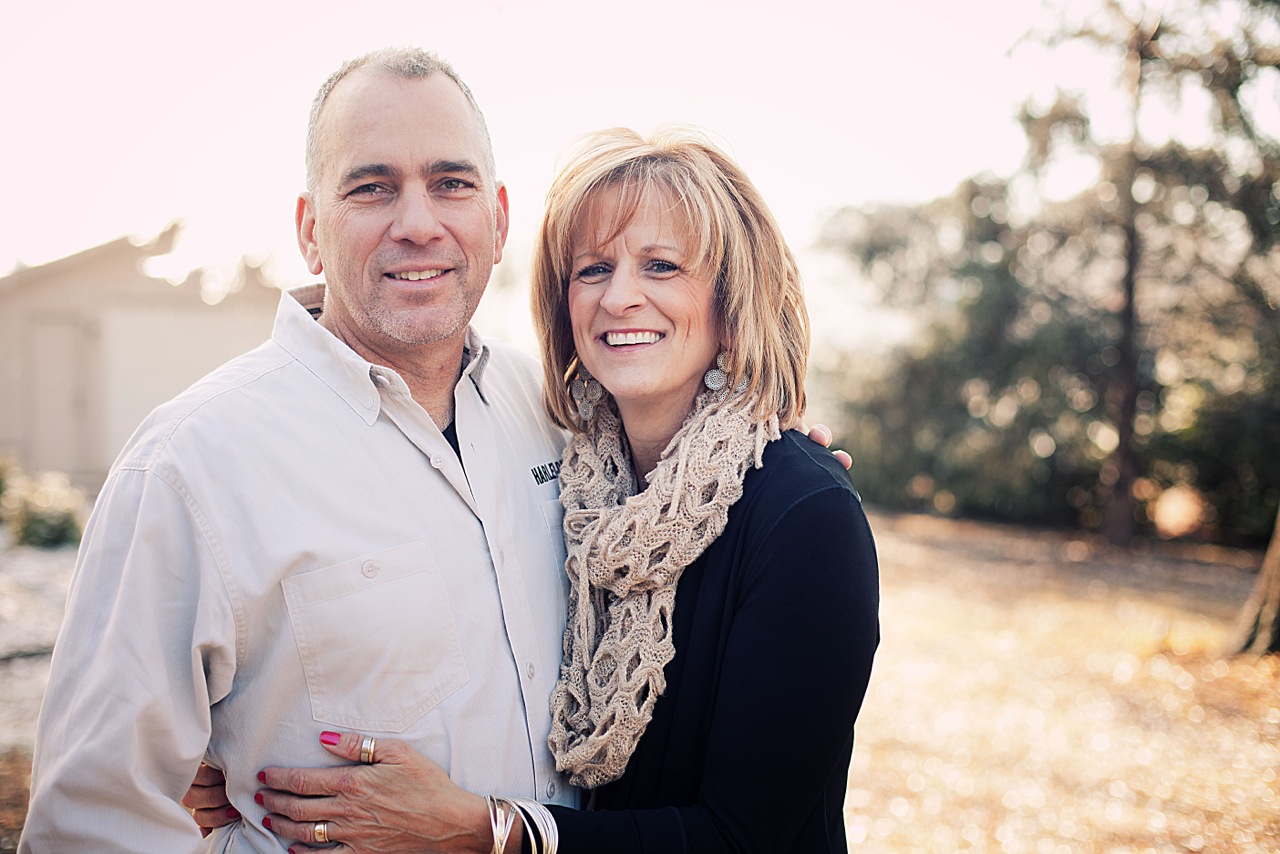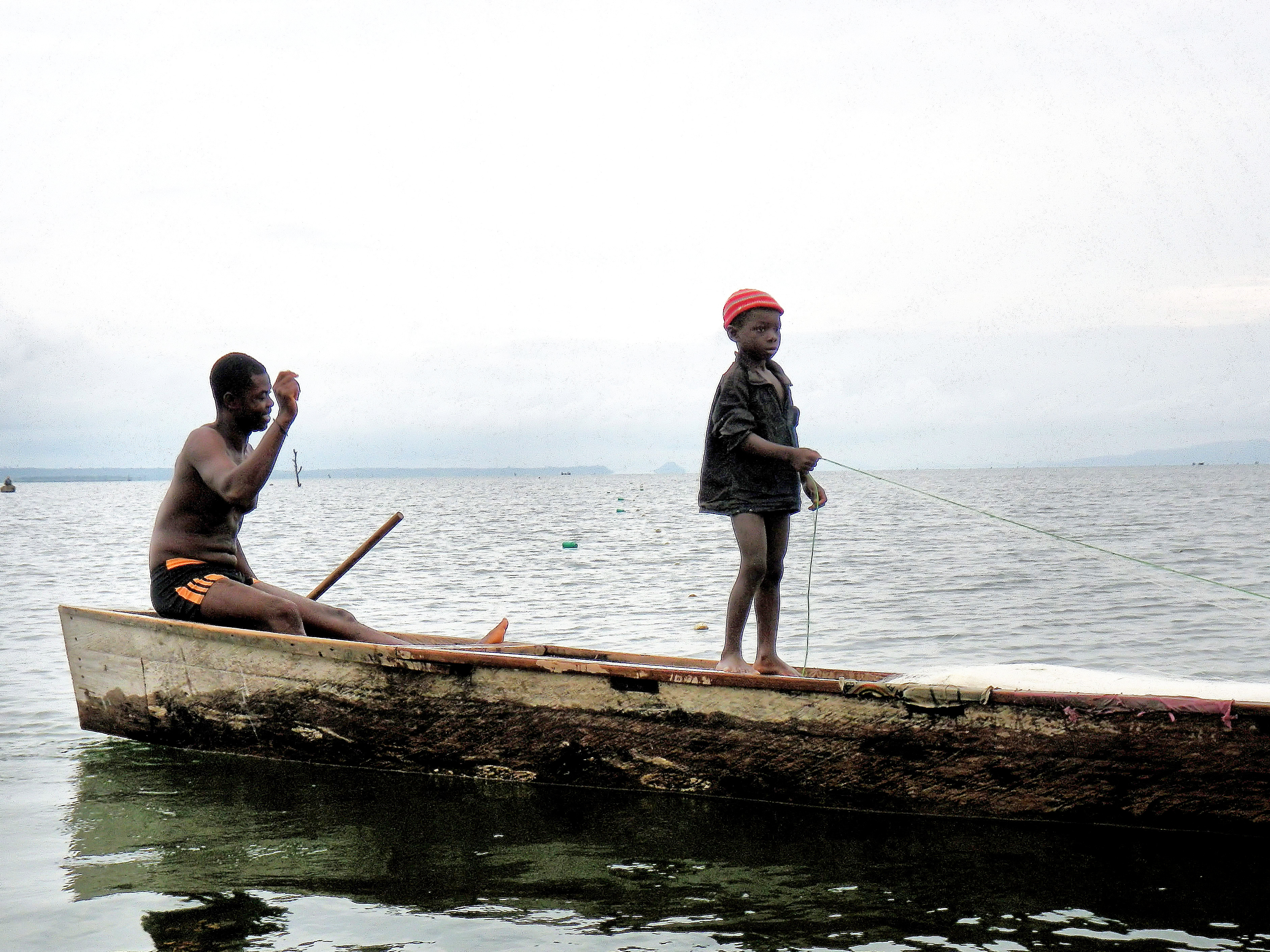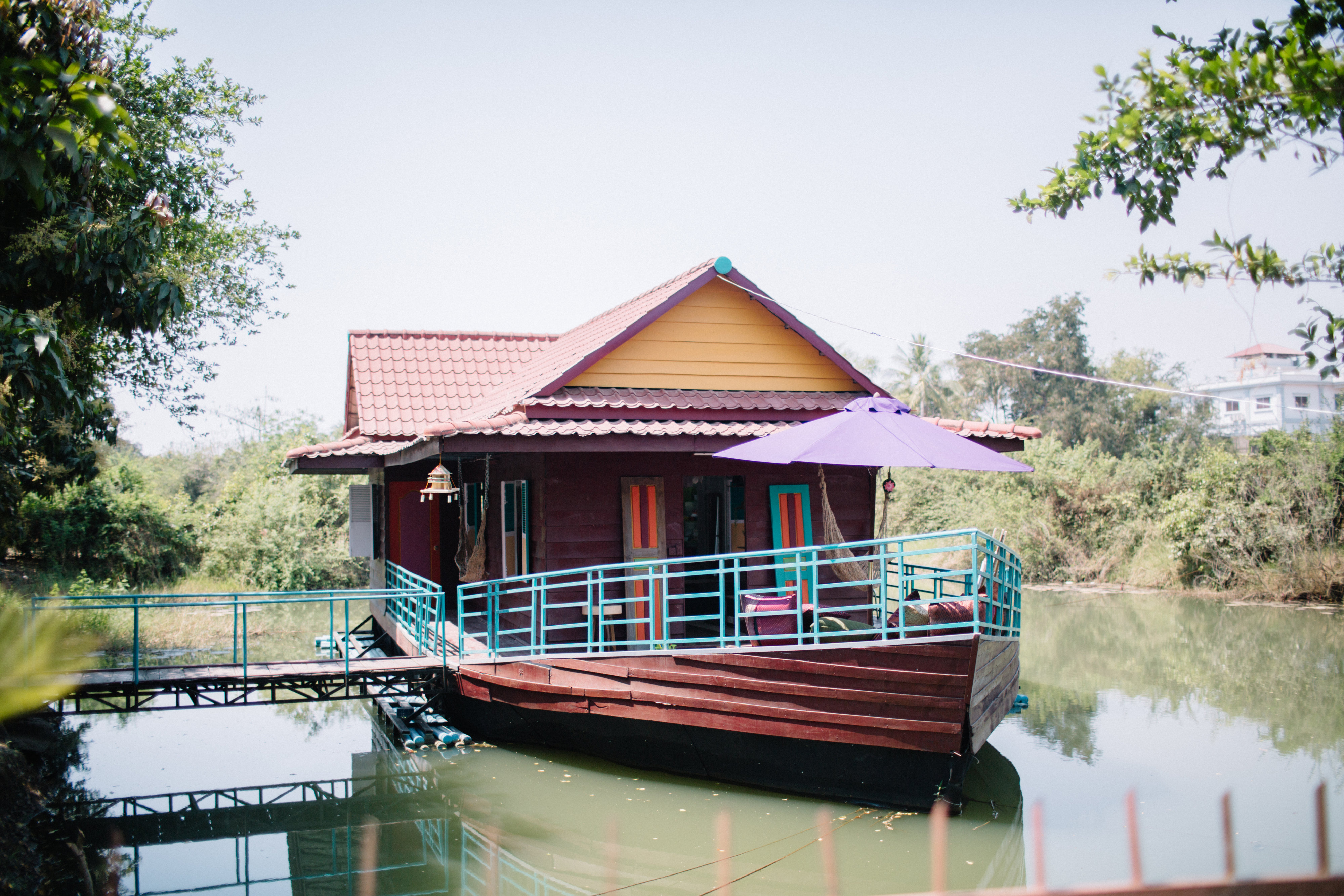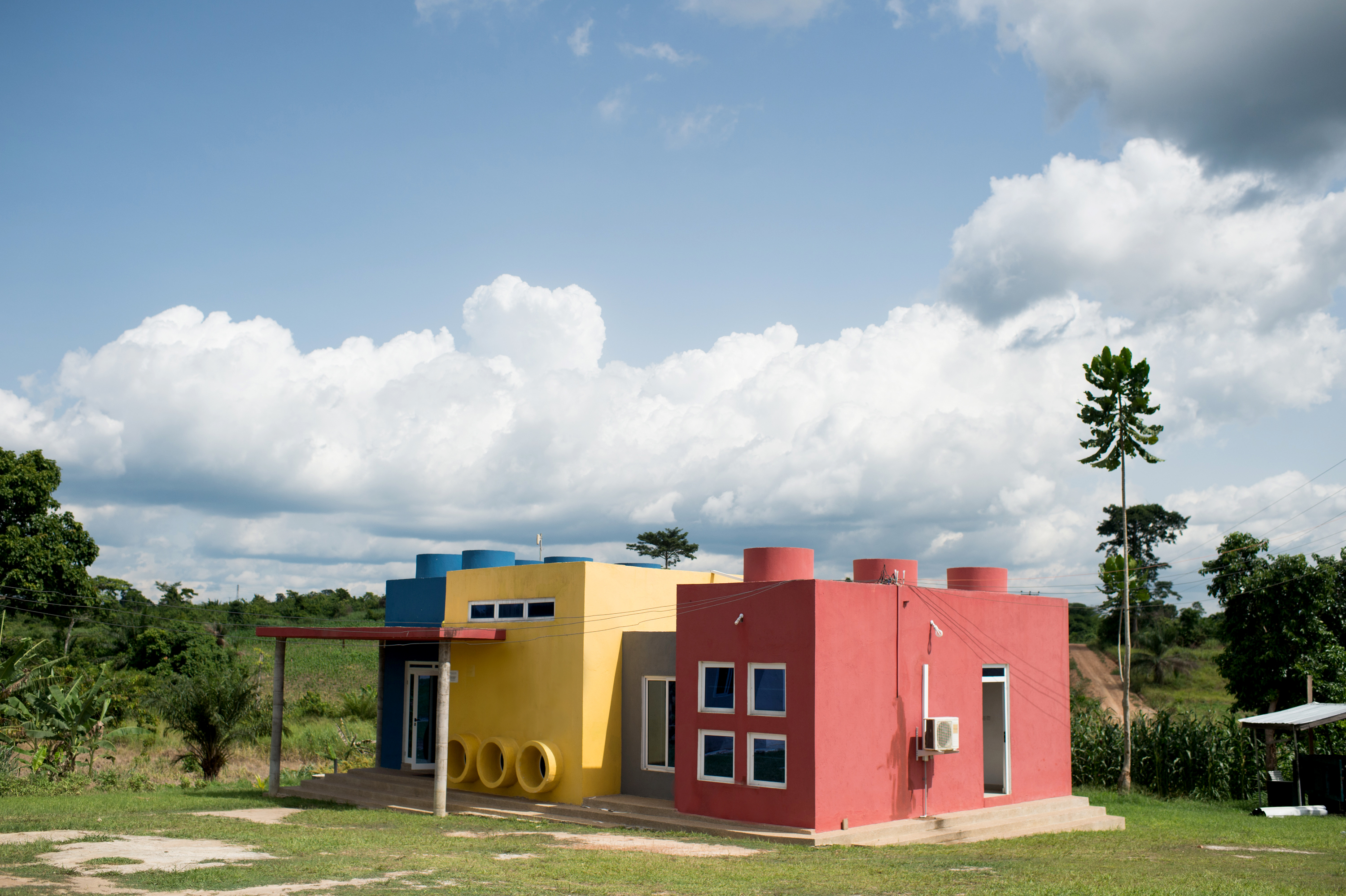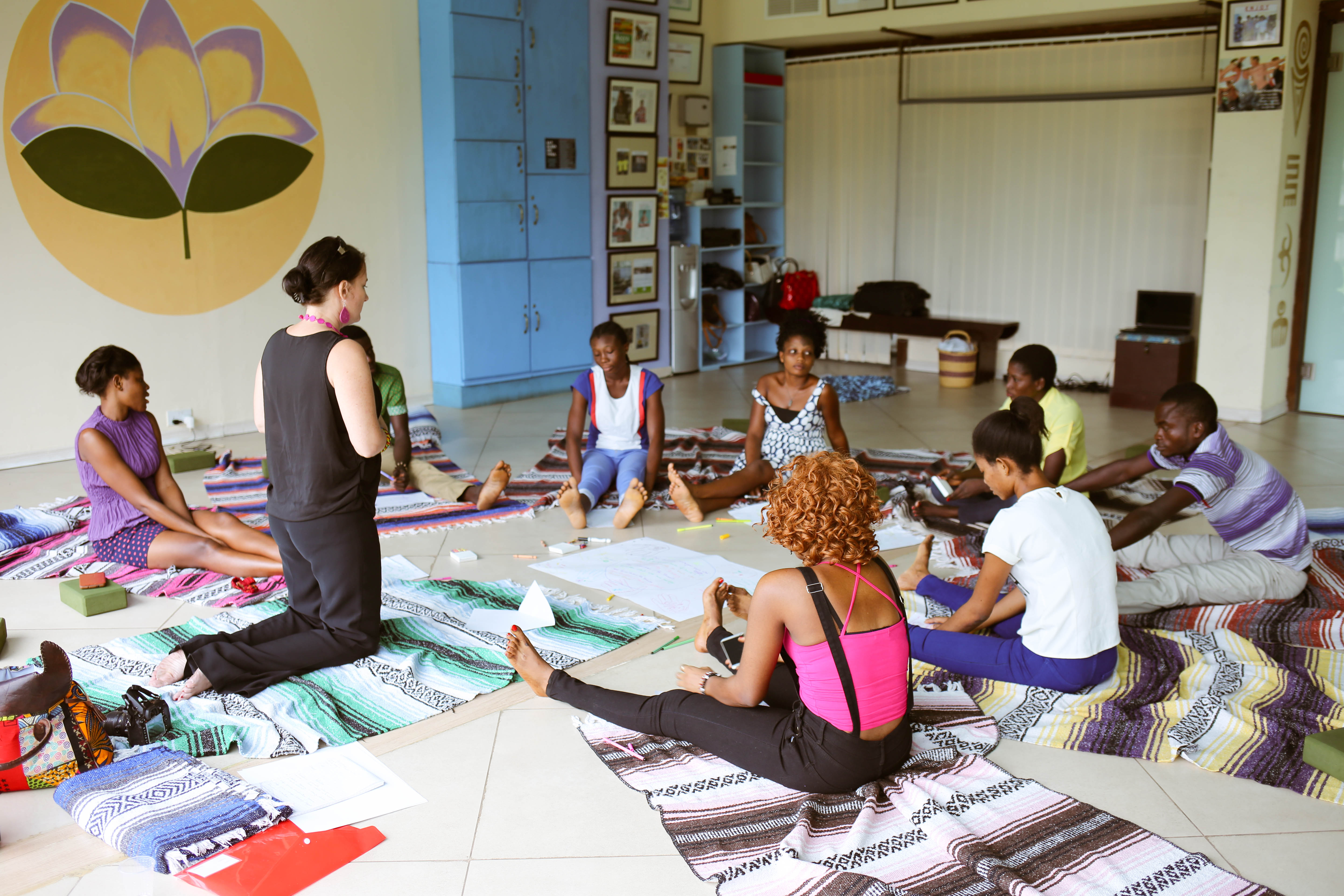The Touch A Life Foundation Changes Lives
Touch A Life was created by Pam and Randy Cope in 1999. They felt called to help disadvantaged children after visiting friends in Southeast Asia who operated an orphanage in Vietnam. Pam and Randy had never seen such poverty before, and realized that they could help alleviate the suffering of these people. After returning home, Pam read up on street children in Vietnam and the beatings, malnutrition, and child trafficking that they experience. Once captured, these children were forced into hard labor conditions and sexual bondage.
The Copes connected with other people in Vietnam who were also looking to fix this problem, and from there they rented an apartment in Saigon to house 15 children. The children who lived in their facility were given three meals a day, clothing, an education, and, for the first time ever, a family. These children were kept from the trafficking ring in Southeast Asia because of this haven. Today, Touch A Life supports more than 200 children in Vietnam.
Their involvement in Ghana began with an article in the New York Times on child labor trafficking on Lake Volta. Inspired by the story, the Copes expanded Touch A Life to encompass Ghana, West Africa to help the thousands of children who are sold to work in the fishing industry or as domestic services in the region. Touch a Life saved over 100 children from slavery, and built the Touch a Life Center to provide long-term rehabilitation for former slave children. This center ensures they have somewhere to live and receive an education. This project was made possible by their partnership with a team of Ghanaians and the Ghanaian Department of Social Welfare.
Unlike other organizations, the Touch a Life Foundation is dedicated to fulfilling 100% of a child’s needs. Not only do they provide regular medical and mental assessments, but they also implement rehabilitation plans and educational/vocational empowerment. These assets give these children the foundation they need to make good decisions and feel secure.
Child Enslavement
There is an estimated 35.8 million people around the world who are owned by someone else. There are over 21,000 children currently being used as child labor in the Lake Volta region. After the lake’s completion in 1966, a flood destroyed the river valley of the Volta Region. As a result, hundreds were displaced and many were killed. Poverty is now just as much a part of their landscape as the lake is. Not only is the lake overfished, but it’s also the only source of income for many of the communities near it. Children are sold to fishermen, their parents hopeless that their uneducated children can expect anything better from their future. Even though the fishing masters make it seem as though the children will be learning a trade, their working conditions and hours of labor can be described as nothing but slavery. The Touch A Life Foundation has made huge steps to ensure these children are taken out of slavery and receive the happy life they deserve.
The Arts
One of the ways that the Touch a Life foundation helps improve the lives of children is through the arts. The Connor Creative Art Center is one of the several therapeutic facilities around the world that the foundation supports. These centers give survivors of trafficking a safe space to express themselves and heal. The Connor Art Center was brought to life with the help of Art Feeds and Vagabond Designs.
The Selah Art Center was designed in collaboration with Kim Lewis of Vagabond Designs, and is located inside a newly-renovated house boat at the Rapha House facility in Cambodia. It has a lotus theme that, according to Kim, “represents purity, faithfulness, and vitality”. This center features low tables, floor pillows, easels, a dress up area, a small stage for performances, and shelves stocked with art supplies. The Rapha House staff will soon be implementing Arts Feeds International curriculum to encourage healing through creative expression.
Lilly’s Art Center was also designed by Kim Lewis, and is located in a small cottage at the Rapha House facility in Siem Reap, Cambodia. This center’s theme is ‘Doors of Hope’ and features brightly painted doors to create a beacon of color and light. It also has a shelving unit in the shape of an elephant, low tables with cushions, and plenty of books and art supplies. Kim says that she envisioned these girls walking through the colorful doors and finding hope, an escape from a dark path.
Care Centers
The Touch a Life Care Center in Kumasi, Ghana houses more than 80 children who have been rescued from forced labor and exploitation. It’s structured to look like giant Lego bricks, boasting bold, primary colors that set it apart from the monotone landscape. With a total of eight care centers, Touch A Life has managed to affect hundreds of children. These centers were made possible by donations, several from people who had recently experienced a loss and saw their donation as a way to help with their grief. Being able to save the lives of others helped with the healing process.
Grief Community
On top of preventing physical harm, Touch A Life also works to help with mental and emotional health. Specifically, they provide service opportunities for those grieving the loss of a loved one. Their blog offers stories of encouragement, inspiration, and opportunities to connect. The Touch A Life story began with grief, so it only makes sense that they would be there for people going through a tough time. Pam and Randy Cope found healing and purpose through serving others after the death of their teenage son. One of the foundation’s goals is to connect grieving families with legacy projects that give families the same hope that the Cope’s felt after their loss.
Jantsen’s Gift
The book Jantsen’s Gift: A True Story of Grief, Rescue and Grace received critical acclaim and gave Pam the chance to share her story on “The Oprah Winfrey” show. She talked about her efforts to rescue Mark and six other Ghanaian children, a feat which Oprah says was deserving of a standing ovation. The Foundation and the Cope family have appeared in Reader’s Digest, the New York Times, Parade Magazine, and Essence Magazine. The book can be found on Amazon.
Donation Options
Those who choose to be a part of a monthly sponsorship program receive monthly email newsletters that feature children at their Care Centers, a handwritten letter from a child in Ghana at least once per year, and a gift from the TAL children and team each year. You can be an Individual Child Sponsor by donating $150 each month. This sum covers a child’s shelter, clothing, nutritious foods, and medical care. You will receive a biography of your child as well information on how you can communicate with the child you’re sponsoring. For those wanting to contribute to the education of these children, you can become an education sponsor for $125/month or $1,500/year. This is used toward private school fees, books, uniforms, and transportation to and from the school. These children begin in primary school (elementary school) and from there move on to secondary school (middle school). Boarding school (high school) is the next step for students who pass the necessary exams. After that, the students enter the Life Academy program where they choose to attend college or attend vocational training school.
Life Academy Program
The Life Academy operates on a 12-month cycle out of Accra, the capital of Ghana, and was created to teach the young adults who participated in the Touch a Life Care Center self-sufficiency. It teaches them professional skills and helps them attain fulfilling jobs. The program launches in February, 2016 and is now serving eight students in their early twenties. It covers topics like work-appropriate dress, financial skills, personal health care, and how to interview for a job. Nana Amoako-Anin is the Program Director and meets with each student for life-skills sessions. In addition to learning professional skills, Life Academy students are a part of the Ghana Sewing Collective. This aspect of their learning experience is meant to show what it’s like to work for a small business owner, as well as how to work as a team. They’re taught the basics of sewing and pattern making, then instructed on how to create products from handmade batik fabric, traditional mud cloth and leather. Touch A Life rents a space next to the established sewing studio where students can do their own sewing. It can also be transitioned into a space for education and therapeutic uses.
Electronic Medical Records
Touch a Life foundation is “the first non-governmental organization in Ghana to provide long-term housing, education and care to victims of child labor and exploitation”. Unlike other organizations, they provide every care possible to their children—mental, physical, and emotional. Their work in Vietnam, Ghana, and Cambodia is so inspirational that we decided to create an online Electronic Media Records (EMR) system to make their medical information easily trackable. No matter the child’s location, Touch A Life can keep up with their health needs thanks to our system. For more information on how we use our services to help others, check out our helping others page.
